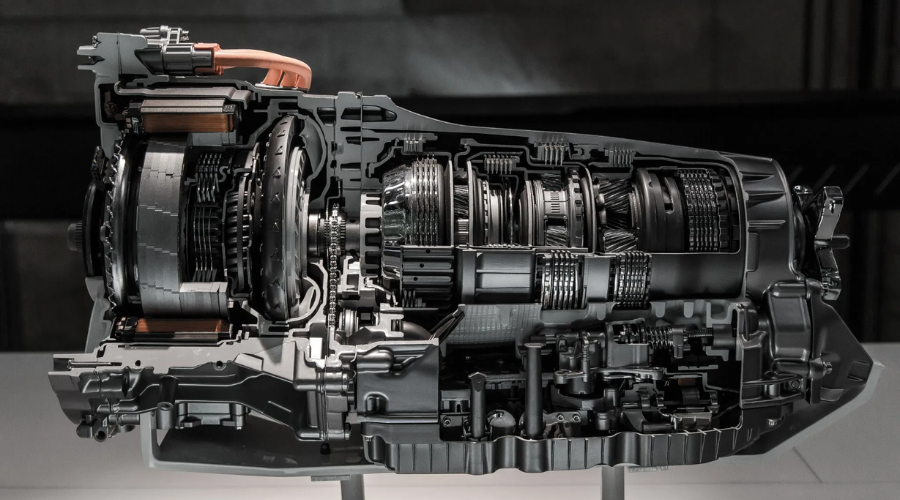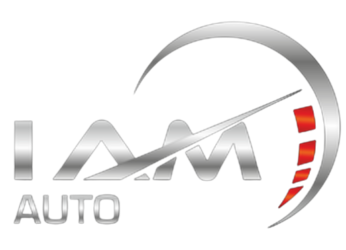What Are The Types Of Automotive Transmission?

Automotive transmissions come in a variety of types, each with its own advantages and disadvantages. The most common types are manual transmissions, automatic transmissions, and CVT (continuously variable transmission) transmissions.
-
Manual transmission-
A manual transmission is a type of automotive transmission that uses a clutch and a gearshift to change gears. The driver must manually operate the clutch in order to engage or disengage the engine from the transmission. This type of transmission is typically more fuel efficient than an automatic transmission, but it can be more difficult to drive.
-
Automatic transmission-
An automatic transmission is a type of automotive transmission that uses planetary gears to change gears automatically. The driver does not need to operate the clutch in order to engage or disengage the engine from the transmission. This type of transmission is typically less fuel-efficient than a manual transmission, but it can be easier to drive.
-
CVT (continuously variable transmission) transmission-
A CVT (continuously variable transmission) is a type of automotive transmission that uses a pulley and belt system to change gears. The driver does not need to operate the clutch in order to engage or disengage the engine from the transmission. This type of transmission is typically more fuel-efficient than an automatic transmission, but it can be more difficult to drive.
-
Semi-automatic and dual-clutch transmissions–
A semi-automatic transmission is a type of automotive transmission that uses a clutch and a gearshift to change gears, but the clutch is operated automatically. A dual-clutch transmission is a type of automotive transmission that uses two clutches to change gears. The driver does not need to operate the clutch in order to engage or disengage the engine from the transmission. These types of transmissions are typically more fuel-efficient than an automatic transmission, but they can be more difficult to drive.
What are the 2 kinds of transmission?
There are two types of automotive transmission: manual and automatic. A manual transmission uses a clutch and gearshift to change gears, while an automatic transmission changes gears automatically. CVT (continuously variable transmission) and semi-automatic transmissions are also available, but they are less common. Each type of automotive transmission has its own advantages and disadvantages.
Manual transmissions are often more fuel-efficient than automatics, since they don’t have the parasitic power loss that comes with an automatic’s torque converter. They’re also usually cheaper to repair and maintain. On the downside, manual transmissions can be difficult to operate, especially in stop-and-go traffic.
Automatic transmissions are more expensive than manual transmissions, but they’re also easier to operate. They often provide smoother shifting and can improve fuel economy in stop-and-go traffic. However, they can be less fuel-efficient overall, and they’re typically more expensive to repair.
